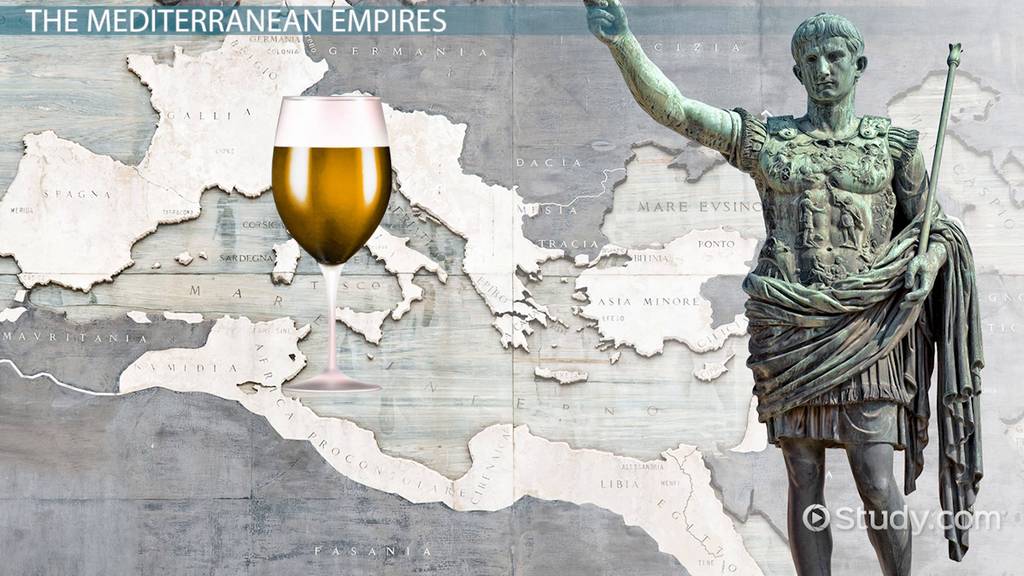The Roman and Ottoman empires were two of the most powerful and influential civilizations in history. Both empires rose to power through conquest and expanded their territories through strategic diplomacy. However, the Roman Empire favored colonization, while the Ottoman Empire was known for its diversity and tolerance towards local customs and religions. Despite their power, both empires eventually succumbed to internal strife, economic pressures, and external invasions. Their legacies continue to shape modern society, with both civilizations leaving a lasting impact on the world.
The Rise and Fall of Roman Empire vs. Ottoman Empire: A Clash of Civilizations
Introduction
The Roman Empire and the Ottoman Empire were two of the most powerful empires in history, with both having lasting impacts on the world. While different in many ways, both empires have similarities in their rise to power and eventual decline. In this article, we will compare and contrast the rise and fall of these two civilizations, highlighting their similarities and differences in power, expansion, and eventual downfall.
The Rise to Power
The Roman Empire rose to power in the 1st century BC, after a period of internal turmoil and civil war. The Empire was initially built on the foundation of the Roman Republic, with Julius Caesar playing a pivotal role in the transition. Roman expansion was fueled by militaristic conquest, as the Empire’s powerful army brought new lands under its control. The Roman Empire eventually became the dominant power in the Mediterranean, with its territory spanning three continents.
On the other hand, the Ottoman Empire rose to power in the 13th century, after being founded by Osman I. The Ottomans were initially a small tribal group, but they quickly grew into a formidable military power. The early Ottoman Empire was built on the principles of Islamic law, with its leaders being strong advocates of the Ottoman Caliphate. The Ottomans expanded their territory through a combination of military conquest and strategic diplomacy, with their empire eventually stretching from Europe to the Middle East and North Africa.
Expansion and Diversification
Both empires saw significant expansion during their respective periods of dominance. However, while the Roman Empire expanded through military conquest and colonization, the Ottoman Empire grew through conquest and strategic diplomacy. The Roman Empire colonized new lands, establishing Roman law and architecture in its conquered territories. The Ottomans, on the other hand, were known for their tolerance of local customs and traditions. This allowed the Ottomans to diversify their empire, with its subjects coming from many different cultures and religions.
As a result of this diversification, the Ottoman Empire became one of the largest and most diverse empires in history. It included a wide range of ethnic and religious groups, including Turks, Arabs, Greeks, Armenians, and Jews, among others. This diversity allowed the Ottomans to maintain a level of stability that the Roman Empire could not.
The Downfall
Despite their power and success, both empires eventually came to an end. The Roman Empire began to decline in the 3rd century AD, due to a combination of internal strife, economic pressures, and invasions from barbarian tribes. The Empire was eventually dissolved in 476 AD, after the last Roman Emperor was overthrown by Germanic tribes.
The Ottoman Empire also began to decline in the 18th century, after several centuries of expansion and growth. The Ottomans were no longer able to keep up with the advances made by Europe, and their military power began to wane. The Ottomans were eventually defeated in World War I and were forced to renounce control of their territories, leading to the establishment of modern-day Turkey.
Conclusion
In conclusion, the Roman Empire and the Ottoman Empire were two of the greatest empires in history. While they differed significantly in their origins, methods of expansion, and governance, both civilizations were marked by their power and cultural influence. Their eventual decline was also marked by similarities, including economic pressures, internal strife, and external pressures from foreign invasions. Ultimately, their legacies continue to shape modern society, with both civilizations leaving a lasting impact on the world.
